![]()
![]()
![]()
Use LEFT and RIGHT arrow keys to navigate between flashcards;
Use UP and DOWN arrow keys to flip the card;
H to show hint;
A reads text to speech;
78 Cards in this Set
- Front
- Back
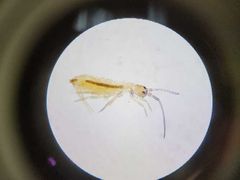
|
Phylum Arthropoda Subphylum Hexapoda Class Entognatha Order Collembola - Springtails - furcula on abdomen for jumping - eat mold - lack wings |
|

Silverfish |
Phylum Arthropoda Subphylum Hexopoda Class Insecta Subclass Zygoentomata - Non-winged insects Order Thysanura * most primitive of insects * lack wings |
|

Mayflies |
Phylum Arthropoda Subphylum Hexopoda Class Insecta Subclass Pterygota - Winged insects Order Ephemeroptera
* swarms of mating * freshwater * nymph with 3 anal segments * 2nd molt in juvenile stage (imago) |
|
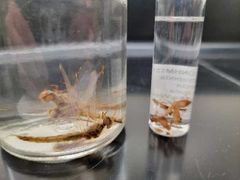
Dragonflies |
Phylum Arthropoda Subphylum Hexopoda Class Insecta Subclass Pterygota - Winged insects Order Odonta
* aquatic, predatious nymph |
|
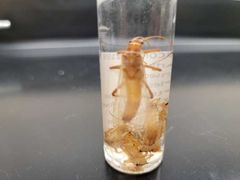
Stoneflies |
Phylum Arthropoda Subphylum Hexopoda Class Insecta Subclass Pterygota - Winged insects Order Pleocoptera
* short lived adults * aquatic nymphs molt 30-40 times |
|
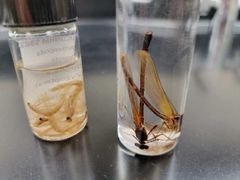
Damselflies |
Phylum Arthropoda Subphylum Hexopoda Class Insecta Subclass Pterygota - Winged insects Order Odonta |
|
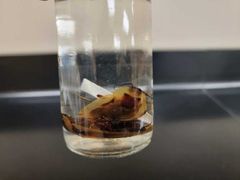
Cockroaches |
Phylum Arthropoda Subphylum Hexopoda Class Insecta Subclass Pterygota - Winged insects Order Blattodea
* live under logs, stones, bark * tropics (warmth, humidity) |
|
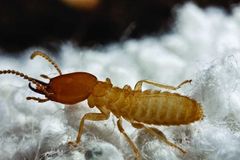
Termites |
Phylum Arthropoda Subphylum Hexopoda Class Insecta Subclass Pterygota - Winged insects Order Blattodea
* colonies * reproducers, workers, soldiers * eat cellulose * protozoans live in gut to help digest |
|
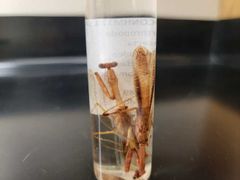
Mantids |
Phylum Arthropoda Subphylum Hexopoda Class Insecta Subclass Pterygota - Winged insects Order Mantodea
* head highly movable |
|
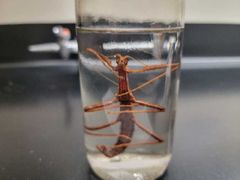
Leaf and stick insects |
Phylum Arthropoda Subphylum Hexopoda Class Insecta Subclass Pterygota - Winged insects Order Phasmida |
|

Earwigs |
Phylum Arthropoda Subphylum Hexopoda Class Insecta Subclass Pterygota - Winged insects Order Dermaptera
* omnivores |
|
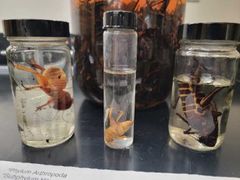
Locusts, katydids, crickets, grasshoppers |
Phylum Arthropoda Subphylum Hexopoda Class Insecta Subclass Pterygota - Winged insects Order Orthoptera |
|
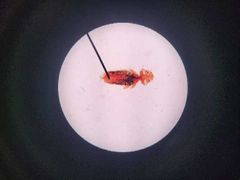
Sucking and biting lice |
Phylum Arthropoda Subphylum Hexopoda Class Insecta Subclass Pterygota - Winged insects Order Phthiraptera
* wingless * eggs (nits) on hair of host |
|

Thrips |
Phylum Arthropoda Subphylum Hexopoda Class Insecta Subclass Pterygota - Winged insects Order Thysanoptera
* mouth adapted for sucking plants, fungi |
|

True bugs |
Phylum Arthropoda Subphylum Hexopoda Class Insecta Subclass Pterygota - Winged insects Order Hemiptera
* long beak for piercing and sucking food |
|
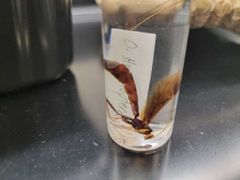
Wasps |
Phylum Arthropoda Subphylum Hexopoda Class Insecta Subclass Pterygota - Winged insects Order Hymenoptera
|
|

Ants |
Phylum Arthropoda Subphylum Hexopoda Class Insecta Subclass Pterygota - Winged insects Order Hymenoptera |
|
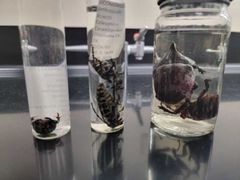
Beetles |
Phylum Arthropoda Subphylum Hexopoda Class Insecta Subclass Pterygota - Winged insects Order Coleoptera
* largest single order of animals * Elytra (hardened shell-like cover) |
|

Bees |
Phylum Arthropoda Subphylum Hexopoda Class Insecta Subclass Pterygota - Winged insects Order Hymenoptera
|
|
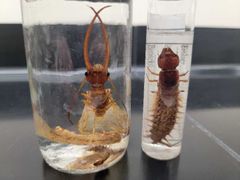
|
Phylum Arthropoda Subphylum Hexopoda Class Insecta Subclass Pterygota - Winged insects Order Megaloptera
* can live up to 5 years |
|

Lacewing |
Phylum Arthropoda Subphylum Hexopoda Class Insecta Subclass Pterygota Order Neuroptura
* wings roof-like |
|
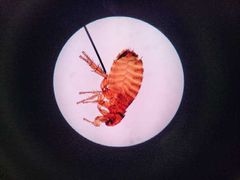
Fleas |
Phylum Arthropoda Subphylum Hexopoda Class Insecta Subclass Pterygota - Winged insects Order Siphonaptera
* jump * laterally flat |
|
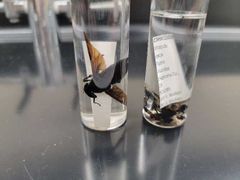
Two-winged flies |
Phylum Arthropoda Subphylum Hexopoda Class Insecta Subclass Pterygota - Winged insects Order Diptera
* former hind wings are halteres which vibrate for sensory |
|

True midges |
Phylum Arthropoda Subphylum Hexopoda Class Insecta Subclass Pterygota - Winged insects Order Diptera Family Chironomidae
* found in extreme hot and extreme cold * larvae with a labial plate * indicator of water quality |
|
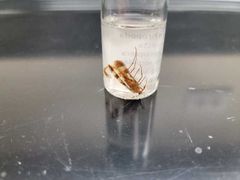
Scorpion flies |
Phylum Arthropoda Subphylum Hexopoda Class Insecta Subclass Pterygota - Winged insects Order Mecoptera
* male genitalia resemble stinger of scorpion * moist, forest environments |
|

Fleas |
Phylum Arthropoda Subphylum Hexopoda Class Insecta Subclass Pterygota - Winged insects Order Siphonaptera * wingless but use hind legs to jump * females need blood for egg production |
|
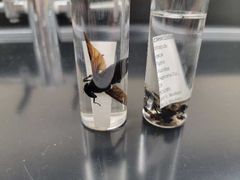
Two-winged flies |
Phylum Arthropoda Subphylum Hexopoda Class Insecta Subclass Pterygota- Winged insects Order Diptera * only forewings * hind wings reduced to halteres * halteres act as sense organs for balance * no cocoon, only pupation |
|
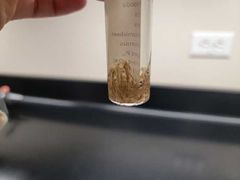
True midges |
Phylum Arthropoda Subphylum Hexopoda Class Insecta Subclass Pterygota - Winged insects Order Diptera - two Winged flies Family Chironomidae * all environments * larvae 12-segmented worm body * labial plate (teeth) important for identification * indicator of water quality |
|

Caddis flies |
Phylum Arthropoda Subphylum Hexopoda Class Insecta Subclass Pterygota - Winged insects Order Trichoptera * aquatic larvae with housing |
|

Moths and butterflies |
Phylum Arthropoda Subphylum Hexopoda Class Insecta Subclass Pterygota - Winged insects Order Lepidoptera * moth setose, nocturnal, fuzzy antennae * butterfly not very setose, not nocturnal, smooth antennae |
|

Centipede |
Phylum Arthropoda Subphylum Myriapoda Class Chilopoda * fangs with poison *one pair of legs per segment * nocturnal predators |
|

House centipede |
Phylum Arthropoda Subphylum Myriapoda Class Chilopoda * damp places * harmless |
|

Millipedes |
Phylum Arthropoda Subphylum Myriapoda Class Diplopoda * 2 pairs of legs per segment * produce foul-smelling odor * move slow |
|

Sea spiders |
Phylum Arthropoda Subphylum Chelicerata Class Pycnogonida * marine * legs 9-segmented * intertidal to deep sea |
|
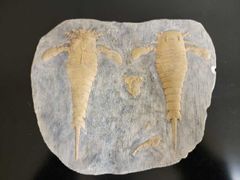
|
Phylum Arthropoda Subphylum Chelicerata Class Euchelicerata Subclass Merostomata Order Eurypteryda * extinct aquatic scorpions * no stinger |
|

Horseshoe crab |
Phylum Arthropoda Subphylum Chelicerata Class Euchelicerata Subclass Merostomata Order Xiphosura * bottom of shallow marine water * trilobite larva |
|

Tarantula |
Phylum Arthropoda Subphylum Chelicerata Class Euchelicerata Subclass Arachnida Order Araneae - Spiders * only some dangerous * 20 years |
|

Brown recluse/fiddleback spider |
Phylum Arthropoda Subphylum Chelicerata Class Euchelicerata Subclass Arachnida Order Araneae - Spiders * venomous * fiddle shape mark |
|

Widow spiders |
Phylum Arthropoda Subphylum Chelicerata Class Euchelicerata Subclass Arachnida Order Araneae - spiders - females larger than males |
|

Orb weaver spider |
Phylum Arthropoda Subphylum Chelicerata Class Euchelicerata Subclass Arachnida Order Araneae - spiders * classic web |
|

Wolf spiders |
Phylum Arthropoda Subphylum Chelicerata Class Euchelicerata Subclass Arachnida Order Araneae * in leaf debris |
|

Daddy long legs |
Phylum Arthropoda Subphylum Chelicerata Class Euchelicerata Subclass Arachnida Order Opiliones * not spiders, no web * some with stink glands |
|

Pseudoscorpions |
Phylum Arthropoda Subphylum Chelicerata Class Euchelicerata Subclass Arachnida Order Pseudoscorpionida * lack whip-like tail and stinger * have toxin |
|

Scorpions |
Phylum Arthropoda Subphylum Chelicerata Class Euchelicerata Subclass Arachnida Order Scorpionida * oldest terrestrial arthropods * young carried on back |
|

Scorpions |
Phylum Arthropoda Subphylum Chelicerata Class Euchelicerata Subclass Arachnida Order Scorpionida * western N.A. * under rocks or wood |
|

Sun spiders |
Phylum Arthropoda Subphylum Chelicerata Class Euchelicerata Subclass Arachnida Order Solpugida * not spiders * large chelicerae * warm environments * active during daytime |
|

Vinegaroons |
Phylum Arthropoda Subphylum Chelicerata Class Euchelicerata Subclass Arachnida Order Uropygi * no stinger on long tail * nocturnal |
|

Dog tick |
Phylum Arthropoda Subphylum Chelicerata Class Euchelicerata Subclass Arachnida Order Ixodida
* vector of rocky mountain fever * central and east U.S. * dorsoventrally flattened when not full of blood |
|
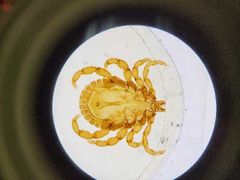
Cow tick |
Phylum Arthropoda Subphylum Chelicerata Class Euchelicerata Subclass Arachnida Order Ixodida * sw U.S. * transmit sporozoan parasite |
|

Mites |
Phylum Arthropoda Subphylum Chelicerata Class Euchelicerata Subclass Arachnida Superorder Acariformes * terrestrial and aquatic * some ectoparasites * plant debri |
|

Feather star |
Phylum Echinodermata Class Criniodea * no stalk * 5-10 branched arms * pinnules * ambulacral groove |
|
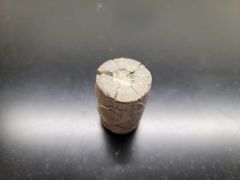
Fossil crinoid stem |
Phylum Echinodermata Class Crinoidea |
|

Sea star |
Phylum Echinodermata Class Asteroidea |
|

Sea star |
Phylum Echinodermata Class Asteroidea * predators of clams, snails, worms * subtidal zone of Eastern pacific |
|
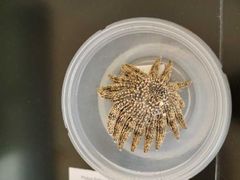
Sea star |
Phylum Echinodermata Class Asteroidea * pedicellariae on stalks * tube feet, aboral spines |
|

Sea star |
Phylum Echinodermata Class Asteroidea * sandy Beach of Mexico gulf * tube feet lack suckers * swallow food whole, other echinoderms |
|

Sea star |
Phylum Echinodermata Class Asteroidea * large * offshore bottoms |
|

Variable sea star |
Phylum Echinodermata Class Asteroidea * autotomize arm near Central disc * arm can regenerate new sea star |
|

Brittle stars |
Phylum Echinodermata Class Ophiuroidea |
|
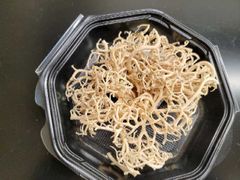
Basket star |
Phylum Echinodermata Class Ophiuroidea * lack ambulacral groove |
|

Pencil urchin |
Phylum Echinodermata Class Echinoidea |
|

Urchins |
Phylum Echinodermata Class Echinoidea * common in Texas * rock crevices |
|

Urchins |
Phylum Echinodermata Class Echinoidea * 5 plates |
|

West Indian sea egg |
Phylum Echinodermata Class Echinoidea * grass bed of Caribbean |
|

Keyhole sand dollar |
Phylum Echinodermata Class Echinoidea- urchins
* clean, sandy substrates * 5 holes |
|

Six-hole west Indian sand dollar |
Phylum Echinodermata Class Echinoidea
* sandy coral reef * 6 holes |
|
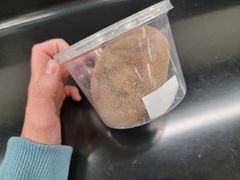
Sea biscuit |
Phylum Echinodermata Class Echinoidea - urchins * muddy sediment |
|
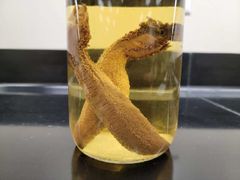
Sea cucumber |
Phylum Echinodermata Class Holothuroidea |
|
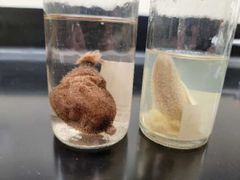
Sea cucumber |
Phylum Echinodermata Class Holothuroidea * seagrass bed of Texas coast * mouth 10 short tentacles * burrows in mud |
|

Acorn worms |
Phylum Hemichordata Class Enteropneusta * sediment of ocean * 3 segments: probiscis, collar, trunk * deposited feeders |
|
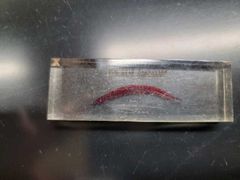
Lancelot |
Phylum Chordata Subphylum Cephlochordata * burrow in shallow marine water * filter feeders |
|

Light bulb tunicate |
Phylum Chordata Subphylum Urochordata - tunicates Class Ascidacea - sea squirts * shady area of intertidal zones |
|

Sea squirt |
Phylum Chordata Subphylum Urochordata - tunicates Class Ascidacea - sea squirts * lives attached to ships |
|
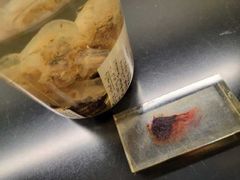
Sea squirt |
Phylum Chordata Subphylum Urochordata - tunicates Class Ascidacea - sea squirts * lives attached to ships |
|

Sea grape |
Phylum Chordata Subphylum Urochordata- tunicates Class Ascidacea - sea squirts * lives attached * tolerate pollution |
|

Sea squirts |
Phylum Chordata Subphylum Urochordata - tunicates Class Ascidacea - sea squirts |
|
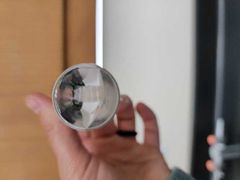
Salps |
Phylum Chordata Subphylum Urochordata - tunicates Class Thaliacea * bands of muscle push through water |
|
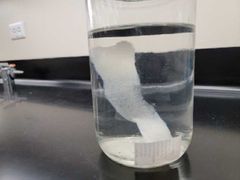
Salps |
Phylum Chordata Subphylum Urochordata - tunicates Class Thanliacea - salps * free-swimming colony |

